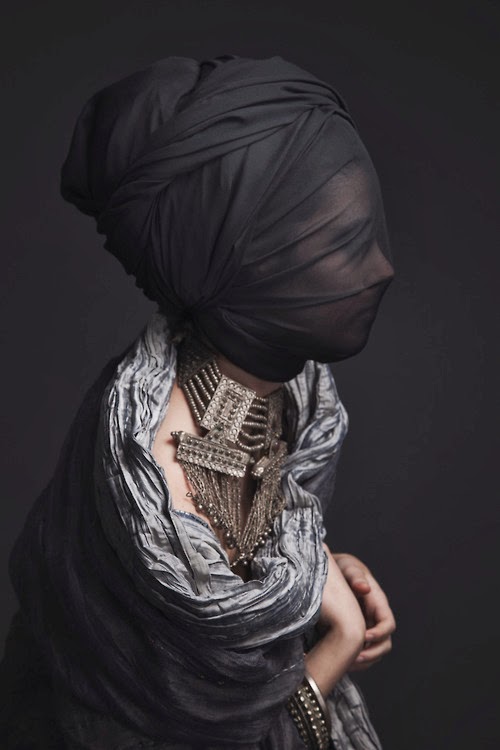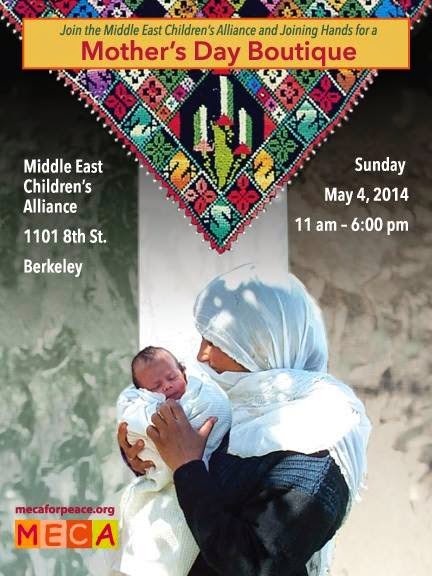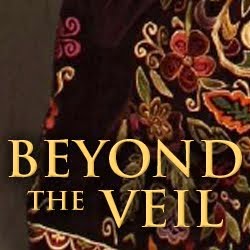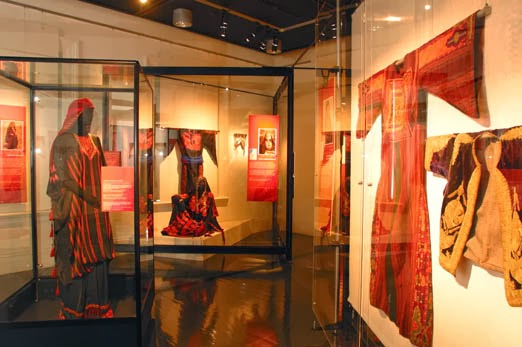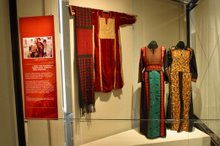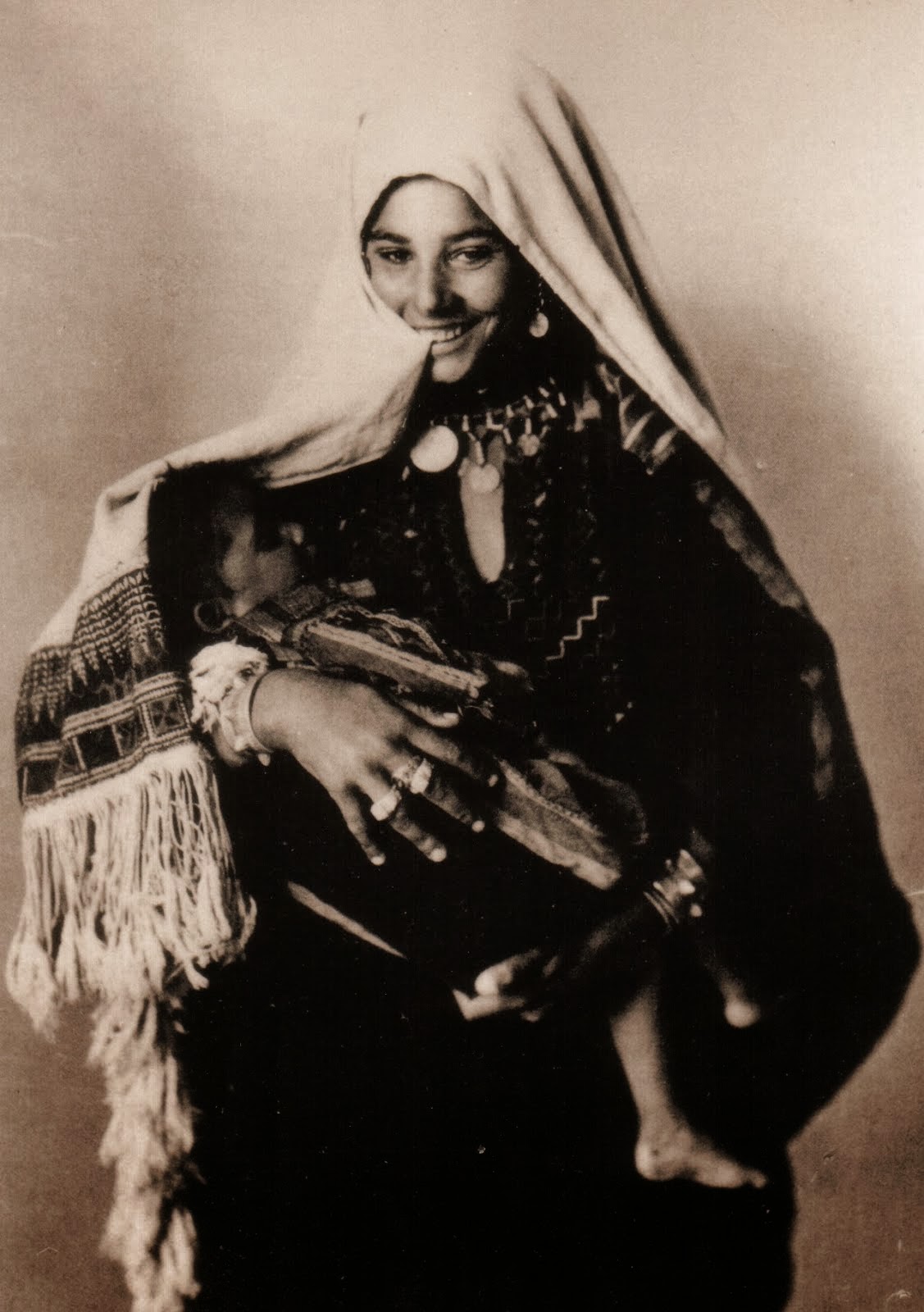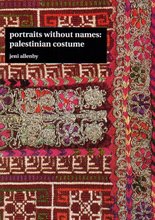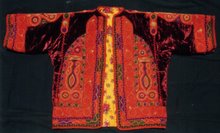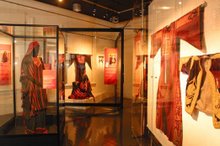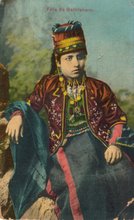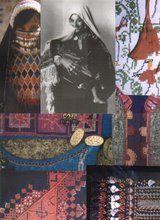Palestine Costume Archive Director Jeni reports from the Byron Bay Writers Festival:
It was an honour to meet
Karl Schembri at the
Byron Bay Writers' Festival, a small but lovely writers festival that's held in the very popular seaside town Byron Bay in northern NSW, Australia. A few years ago my daughter
Kadek Purnami, who is
part of the Ubud Writers and Readers Festival team, was a guest of the Byron Bay festival. She took me along. Now, much to the amusement of other Palestine Costume Archive staff, I'm addicted to writers festivals :)
I attended Karl's panel "Discomfort zone: how extreme environments affect creativity" on Friday afternoon (his other panels are listed on his blog here).
Karl is a Maltese writer and journalist. His investigative journalism is spot on - see his
Wiki entry for details / press awards etc. Being a museum curator / interested in lost cultural heritage I first encountered his name in 2005 when his investigations led to the clampdown on the trading of ancient Mesopotamian artifacts from Iraq on eBay via Malta (see this
link). He has had articles in The Sunday Telegraph and Guardian Weekly, amongst many others, and has reported extensively from Libya, Kosovo, Albania, and the Occupied Palestinian Territories. He also works for
OXFAM in Gaza.
He has written two novels and is the co-author / co-editor of several poetry anthologies, including an anthology of poems in solidarity with Palestinians published during the 22-day war on Gaza. He has
just published another book of poetry "Remember the future" in English, published by Writing Knights Press. In a strange twist of synchronicity in terms of my different worlds coming together, he thanks the
Ubud Writers and Readers Festival in his acknowledgements. Perhaps they helped with publishing, I must ask Kadek. I know he attended as a guest last year - Juli from the
Juli in Bali blog posted that at last year's Ubud festival "Karl Schembri had the best line, ‘Writers are the only people who can be someone else without needing a psychiatrist’"!.
"Remember the future" was available for sale via the Collins Book stall at the festival, albeit at an appalling price. You can
purchase it online for $6, which is much better than the $15 we paid. However we wanted a copy for the Archive's library and wanted to ask Karl to sign it. So the $15 was a bargain, really :)
It was certainly very interesting to hear him speak of life in Gaza, a place which is carved deeply into my heart. Karl described the constant drones - which of course are not part of my Gaza reality - as sounding "like a factory over your head". Dr Jean (Calder at the Palestine Red Cresecent Society) has also discussed the drones. Karl writes evocatively of them in his poem "
Gaza":
"Drones watching on us
sending back images
to faraway aliens
capturing our daily dance
rituals of hope and misery
ruins of love and war
donkey-carting joy and sadness
the bitter lemons and the sweetest fried cakes
the olives, the grapes and the limbs
the God-sent births and God-taken martyrs..."
You can read the rest
here.
Karl also read "The Buffer zone", which resonated deeply for me. Here's the first stanza of the Arabic version, which you'll find on his blog
here.
تلك السيدة المسنة
شهدت ما يكفي من شروق الشمس
ليجعد وجه الأرض ..
بشرتها تحتفظ بذاكرة الأشجار
حينما كانت المزارع مفتوحةً ..
كانت تخطو على أرض الوطن
بقدميها العاريتين ..
توازن برأسها جرار الحليب الطازج ..
وترعى الماشية التي كانت حيةً
عند حدود الأفق
You'll find the English version
here. Here's just a little:
"The old woman has seen
enough sunrises to wrinkle the earth
her skin has the memory of trees
her head used to balance
jars of fresh milk
when the fields were still open
when her feet treaded bare
on homely land
and the livestock were still alive
grazing on the horizon..."
Do
read the rest. When Karl read this aloud at the festival, I scribbled down that line "her skin has the memory of trees". It just went right through me. He certainly has a wonderful way with words, in any language. I knew exactly what he meant, in regard to older Palestinian women. But for me his words went even deeper and immediately evoked Palestinian cultural memories of how older women once wore the
saru (cypress tree) design embroidered on their dresses, and more recently how the olive tree has become a symbol of nationalism, as in the
intifada embroidery below, in the Palestine Costume Archive's collection.
I met up with Karl in the authors' book signing tent after his panel, and we talked a little about Gaza, and about the our own work, while he signed the Archive's library copy of "Remember the future".
I loved that he wrote in the book:
"to Jenny,
to keep remembering the future
by curating the past"
I'm sure that will keep all of us at the Palestine Costume Archive inspired. Perhaps we can invite Karl to morning tea so he can read us some more poetry :)
I attended another session at the Byron Bay Writers Festival after Karl's. When I left the festival an hour or so later, I stopped to take photos of this glorious sunset. I wanted a photo to send to friends and colleagues in Gaza, so that when I wrote this post they'd know how often they are in my thoughts.
References you might find of interest:















